How Do Two-Stroke Engines Work?

Two-stroke engines are used in many smaller vehicles across the automotive spectrum and are a breath of fresh air (not literally) in comparison to the standard four-stroke powertrains that now dominate cars these days. They are an attractive prospect for vehicles that only need the simplest forms of engineering to function and therefore present a viable option to many small cars that lumber around with heavy four-stroke units and could possibly be converted to smaller, bike-based engines.
How do they work?
The term ‘stroke’ refers to the maximum vertical movement of a piston within a cylinder, with one stroke being a full descent of the piston to the bottom dead centre (BDC) and another being its movement all the way up to top dead centre (TDC). This movement is prompted by the rotation of the crankshaft which the pistons are connected to via connecting rods. Having one of those see-through Mechano engines as a kid always helped understanding exactly what’s going on!
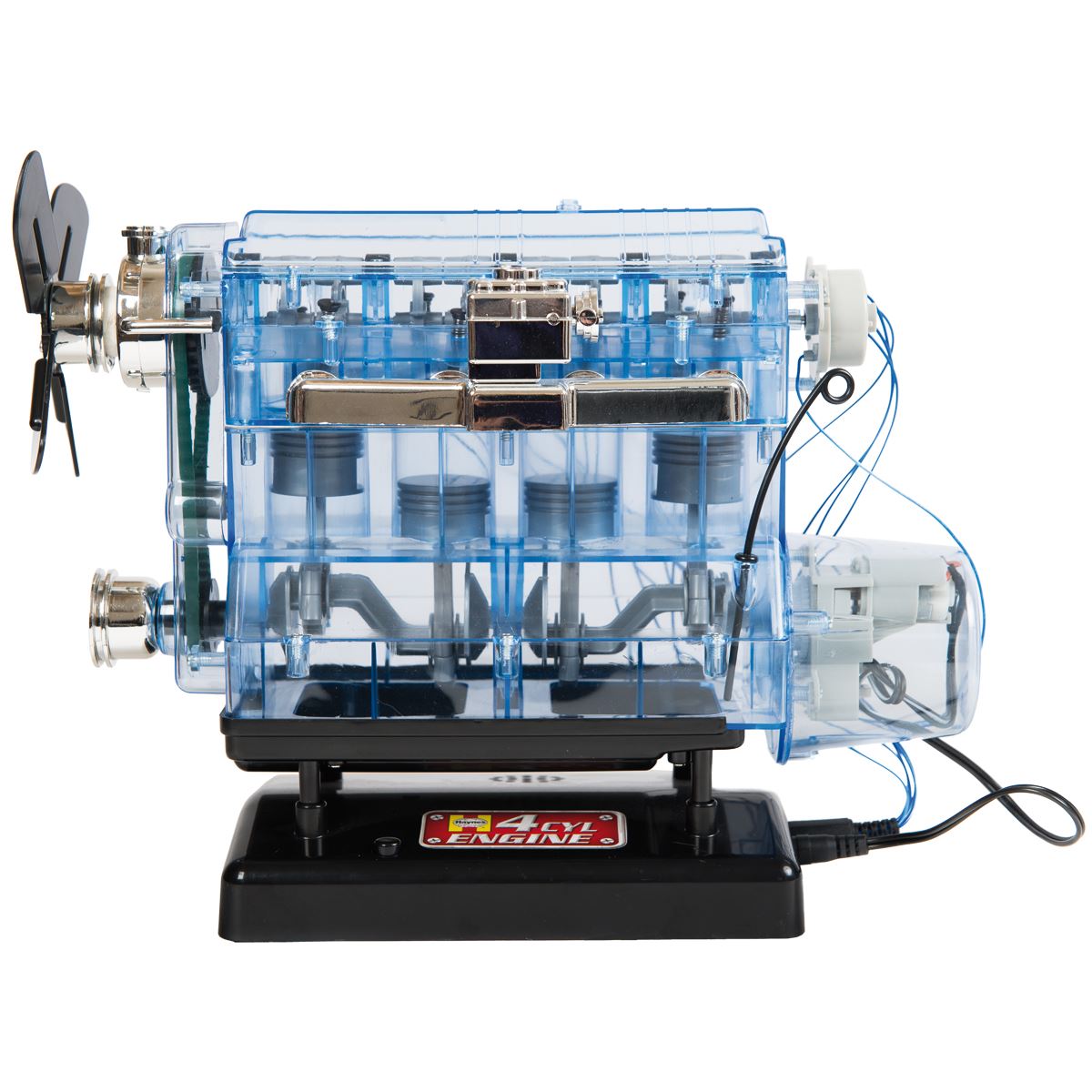
Every engine has a cycle which is defined as the combination of suck, squeeze, bang and blow that results in the pistons completing the intake, compression, detonation and exhaust strokes. So in something like a four-cylinder Mazda MX-5, the engine cycle is defined as four-stroke, simply because it takes four full movements of the pistons to complete the engine’s cycle.
A two-stroke therefore is an engine orientation that is capable of performing the full engine cycle with two full motions of the piston, from TDC to BDC and back. Simple, right?
Not quite
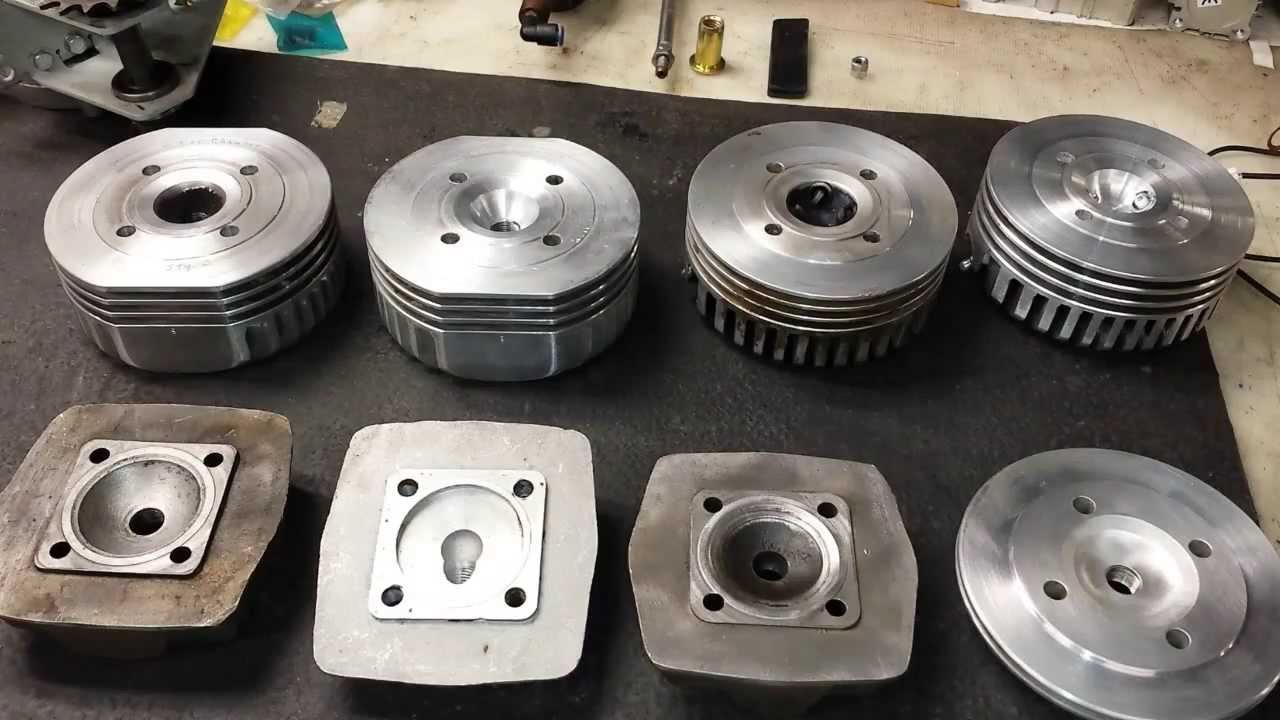
To perform the engine cycle in half the number of strokes to a conventional four-stroke engine, the orientation of the cylinder has to change. In a normal four-stroke cylinder, you have inlet and outlet valves which open and close with the rotation of the camshaft.
In a two-stroke setup, ports are machined into the cylinder itself and are opened or sealed by the vertical movement of the piston. There are only two – an inlet port and an exhaust port – along with a spark plug nestled in the cylinder head.
The air/fuel mixture that is used for combustion swims throughout the engine and enters the crankcase as well, something that is sealed off in a four-stroke engine.
The cycles
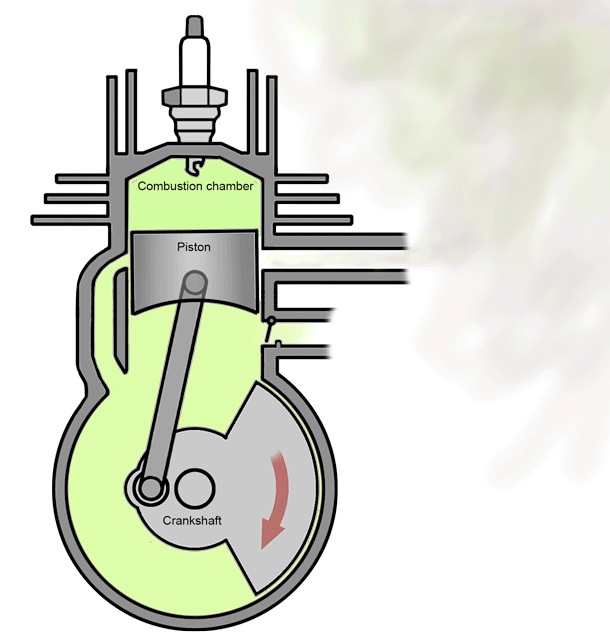
Stroke one: the piston is at TDC and the spark plug ignites the air/fuel mixture, sending the piston descending towards BDC. While it is travelling downwards, it opens up the exhaust port which allows the unwanted gases produced from combustion to be sucked out through the exhaust system. As the piston reaches BDC, it pressurises the air/fuel mixture beneath it that was sucked in through the inlet port during a previous cycle’s second stroke.
Stroke two: the pressurised air then forces the piston upwards while exposing the inlet port, which transfers the air/fuel mixture from the crankcase into the cylinder. The piston then rises to a point where it blocks off both the inlet and outlet ports, compressing the air/fuel mixture up to TDC where the spark plug is ready and waiting.
In doing so, a fresh mixture of air and fuel is sucked into the crankcase as the upwards motion of the piston creates a vacuum beneath it. And then the cycle begins all over again!
What are the pros and cons?

Two-stroke engines are wonderfully simple little contraptions and are low maintenance in comparison to four-stroke units. They can self-lubricate using oil that mixes in with the fuel and can generally be air-cooled due to the lack of heat that they produce. The lack of parts in a two-stroke also means that they are naturally lightweight compared to a similarly-powered four-stroke engine.
Downsides come in the shape of fuel consumption and emissions. To keep up with the effortless power created by a four-stroke engine, a two-stroke has to work much harder and is generally higher revving which releases a whole tonne of exhaust gasses and drinks plenty fuel.
They also lack the efficiency of a four-stroke engine due to the split second when both the inlet and outlet ports are exposed at BDC. This results in fresh air and fuel travelling through the cylinder and out through the exhaust port before the piston has a chance to compress it for combustion. This lack of efficiency only occurs in engines that use carburettors however, as direct fuel injection has come along and solved that problem.

Oil pumps are also a fairly popular component to fail on two-stroke engines, which can lead to a catastrophic lack of lubrication. Pre-mixed fuels are therefore the norm on most two-stroke appliances, meaning you’re good to go as long as there’s fuel in the tank!
Two-strokes are only really used where low weight, simplicity and a good power-to-weight ratio are paramount. This makes them extremely popular in the biking world, although a few car manufacturers did take advantage of their convenient design.
SAAB was a big fan of the two-stroke engine, placing it in its Sonnet II sports car from the late 60s. Suzuki also loved the simplicity of the engines and placed them in its cars from the 50s and 60s. Renault brought out a concept engine called the POWERFUL which was in-line to take over from its 1.5-litre turbodiesel, but plans were sadly scrapped back in 2014.
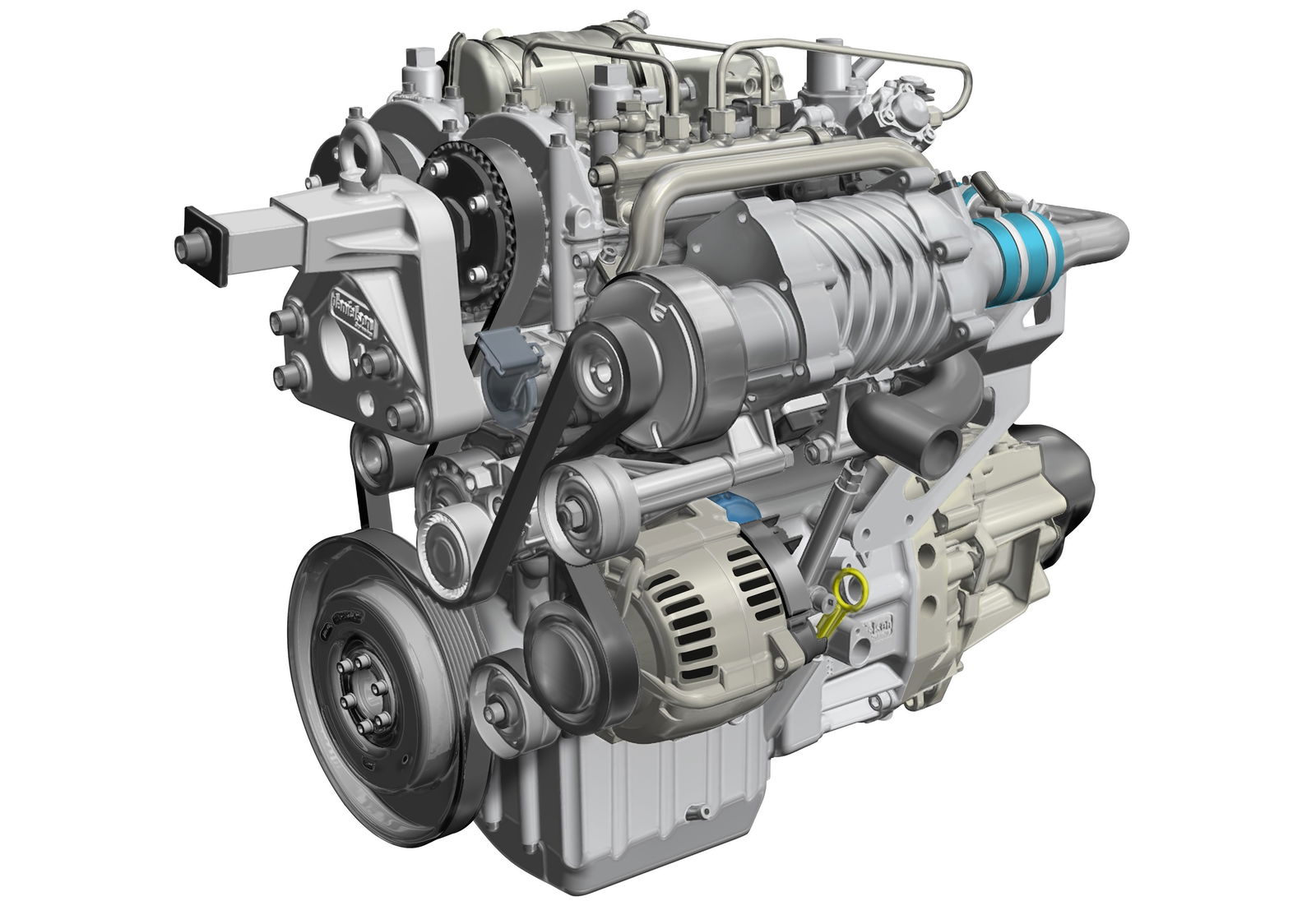
Do you own a two-stroke bike or any other form of two-stroke vehicle? Post a picture in the comments below to share the two-stroke life with us all!
And to check out a two-stroke single cylinder in action, click here!

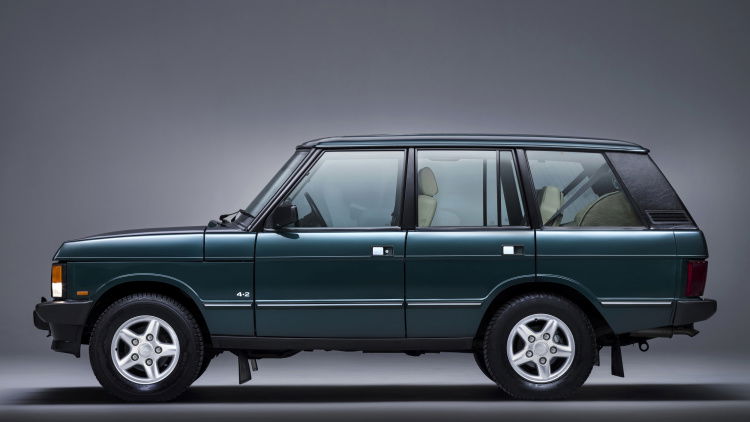
Comments
My HM Crm 50 RR
a couple off years ago when i couldn’t drive cars i had this moped. that i put a 70cc cylinder on, geard it, put an exhaust and a bigger carb on. miss the 2 stroke life!
you said to comment if I had one of these so I will
Good article.
I am currently in the process of resurrecting my dad’s old 250cc two stroke bike. Will post pics when the job is done.
So, it’s a 4-stroke, with lube mixed with the fuel. So it’s still suck-squeeze-bang-blow (which is as fun as it sounds).
I got one of those bad boys
You forgot the pro that they sound amazing. Listen to a Saab two-stroke and you will understand.
I have one of those engine model things. Except mines a V8
So many 2 strokes. Love tinkering on my single cylinder chainsaws, it’s fun hopping them up for more power. Quite a rush holding a 7.5hp, 14,000rpm cutting machine in your hands.
Also have had a few snowmobiles over the years. Currently have 2 yamaha triple cylinders. A 600, and a SRX 700 triple, with triple carburetors, triple pipes and powervalves. Think it’s about 140hp, from a 700cc 3 cylinder.
Pagination